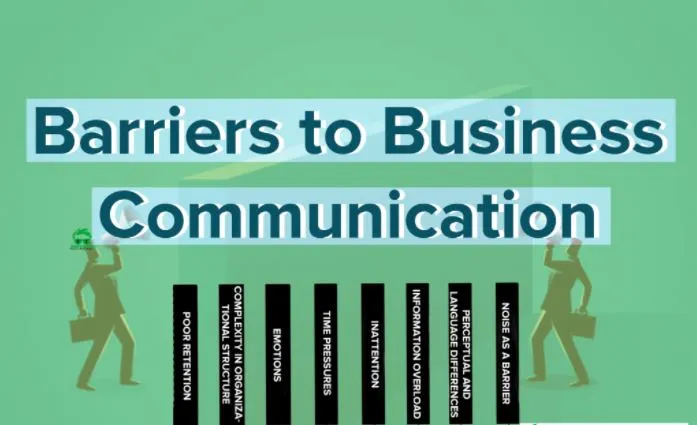Many people think that communicating is easy. It is, after all, something we’ve done all our lives. There is some truth in this simplistic view. Communicating is straight forward. What makes it complex, difficult, and frustrating are the barriers we put in the way. When communication doesn’t happen, conflict often does.
1. Physical Barriers
Physical barriers in the workplace include:
- Marked out territories, empires and fiefdoms into which strangers are not allowed
- Closed office doors, barrier screens, and separate areas for people of different status
- Large working areas or working in one unit that is physically separate from others
As long as people still have a personal space that they can call their own, being close to others aids communication because it helps people get to know one another.
2. Perceptual Barriers
It can be hard to work out how to improve your communication skills.
The problem with communicating with others is that we all see the world differently.
If we didn’t, we would have no need to communicate: something like extrasensory perception would take its place
3. Emotional Barriers
One of the chief barriers to open and free communications is emotional.
The emotional barrier is comprised mainly of fear, mistrust and suspicion.
The roots of our emotional mistrust of others lie in our childhood and infancy when we were taught to be careful about what we said to others.
“Mind your P’s and Q’s.”
“Don’t speak until you’re spoken to.”
“Children should be seen and not heard.”
As a result, many people hold back from communicating their thoughts and feelings to others.
They feel vulnerable.
While some caution may be wise, excessive fear of what others might think stunts our development as effective communicators and our ability to form meaningful relationships.
4. Cultural Barriers
When we join a group and wish to remain in it, sooner or later we will need to adopt the behavior patterns of the group.
These are the behaviors that the group accepts as signs of belonging.
The group rewards such behavior through acts of recognition, approval and inclusion.
In groups that are happy to accept you, and where you are happy to conform, there is a mutuality of interest and a high level of win-win contact.
Where there are barriers to your membership of a group, game-playing replaces good communication
5. Language Barriers
Our language may present barriers to others who are not familiar with our expressions, buzz-words and jargon.
When we couch our communication in such language, it excludes others.
Understanding this is key to developing good public speaking skills and report writing skills.
In a global marketplace, the greatest compliment we can pay another person is to talk to them in their own language.
6. Gender Barriers:
There are distinct differences between the speech patterns of men and women.
A woman speaks between 22,000 and 25,000 words a day whereas a man speaks between 7,000 and 10,000.
In childhood, girls speak earlier than boys and at the age of three, have a vocabulary twice that of boys.
The reason for this lies in the wiring of a man’s and woman’s brains.
When a man speaks, he uses the left side of his brain but not a specific area of it.
When a woman speaks, she uses both left and right sides, in two specific locations.
This means that men speak in a linear, logical and compartmentalized way, demonstrating left-brain thinking.
Women speak more freely, mixing logic and emotion, using both sides of the brain.
This also explains why women talk for much longer than men each day.



Leave a Reply